
Updated: 05/10/2024
Hi everyone! Part 3 brings us to the final segment in this Home Buying Tips series – Home Repair and Renovation Planning. So, you have closed on your new “Old” House. Congratulations!!! Now it's time to get to work, right? Well, not just yet! First, we need a plan!
For Part 2 we touched on the home inspection process and pulled together all the details. Now Part 3 will come up with a final Home Repair Plan “on purpose” to guide you through Old House ownership. For many, Old House ownership is not quite what they expected behind all the beautiful “wavy” glass, ornate trim, and antique light fixtures. That’s why we are here to help!!!
Home Repair Plans: Fix the House “Core” First
This is VERY important, as the biggest enemies of your home are rain, wind, and the outside elements. You want to ensure the building envelope is secure from top to bottom to PREVENT future damage and rework!
I know you might be tempted to start the kitchen first (especially if you plan to live in the home through the remodel), BUT if at all possible, please consider assessing and fixing the “core” of the house FIRST! You will be glad you did!!!
1. Roof
To include assessment/repair of the roof structure, decking, all flashing (chimney, eaves, porch, valleys, etc), ice/water shield membrane (if required by code/location), shingles, and fascia (trim) boards. See the slideshow below:
2. Foundation/Masonry (brick, stone, chimney, etc)
To include assessment/repair of the house’s foundation, stonework, and brick. This includes everything from removing /replacing failed basement walls, to brick/stone replacement, and mortar tuck-pointing (if a structural problem, not cosmetic). Again, you want to keep the elements out, and you need to start with a solid foundation before performing other work. Otherwise your new work may be damaged from house shifting, leveling, etc (cracked tile, plaster, etc), if you wait to fix the house “core” later! The goal is to prevent rework! See slideshow below:
3. Mechanical Systems
To include assessment/repair of the house’s HVAC and domestic hot water systems. For now – repair if possible, before replacement! This includes a boiler/furnace for house heating, domestic hot water heating, and ventilation fans for radon, improved air quality, etc. This will prevent catastrophic events such as water pipes bursting in winter, radiators cracking, high radon levels, and will make the entire house much more comfortable to live in while you remodel. This is important for your sanity! If you are away, you’ll also have peace of mind that you won't return to find the entire house flooded, or worse…completely destroyed!
If you can live without A/C that’s fine, if not, try a few window units to get you by until your budget/plan allows adding a new system.
4. Windows/Doors
Again, the objective is to seal up the entire house envelope from the elements. Windows and doors play an important part of securing the house from theft and energy loss. Assess all windows and doors for proper function and air sealing. If glass panes are broken, replace them. If windows and doors are leaking, seal them up temporarily until a permanent fix is available – per your final house rehab plan. For more tips on air sealing, see my previous technical blogs on: Air Sealing – PART 1 and PART 2 .
Air Sealing
Home Repair Plans – Draft the Final Plan
Ok, now that the house is safe and secure, based on the house inspection report, you want to sit down and prioritize all the issues/items by category. Refer back to our HOME INSPECTION REPORT BLOG if needed:
Major Concerns
Safety Issues
Repairs (general)
Now expand your plan, based on the inspection report AND your long-term plans for the house, to come up with a FINAL scope of work and timeline -per available funding.
Don’t Panic: This plan will be amended many times along the way, so don’t worry!
Are you new to Project Management? We’ve got you covered here PROJECT MANAGEMENT 101
Don’t Forget About Logistical Impacts to Your Home Repair Plans
PLAN FOR SUCCESS!
Important! As you plan, your individual project list gets longer and longer. You MUST think ahead before project execution, and assess those individual projects as a whole!
Remember, each individual project has a direct and indirect impact on each other. You MUST think ahead to prevent more problems and rework. Here are a few examples:
You remodel your bathroom (down to the wall studs). Two years later you decide you want to add A/C. The A/C unit is in the attic and only way to get the ducts to the first floor is through the bathroom walls cavities. NOW…you must 1) Open up additional walls to run the ducts to the first floors, or 2) Install a second A/C unit in the basement (split unit) to service the first floor. Both options require additional labor and cost!
You want add insulation (blown in cellulose) to the attic. Six months later you want to replace the old, exposed “knob-and-tube” wiring with safer, new wiring. 1) Not only is it a fire hazard to insulate over exposed knob-and-tube wiring 2) You will now pay additional labor for your electrician to dig around in the insulation to run new wiring, and 3) Most likely, the insulation will be disturbed to the point it will need to be smoothed out again to seal up air leaks from the disruption.
You repair and paint the exterior of your house. Its beautiful! Now you want to have the exterior walls insulated – blown in cellulose. 1) The contractor must remove some of the freshly painted siding to retrofit the walls with insulation. 2) Now you must replace the siding, made additional repairs, and repaint…again! Ugh!!!!!
And finally…you remodel your entire kitchen and bathrooms. Next you decide to fix the foundation of the house. This repair requires that the house be lifted up off its existing foundation, the old foundation removed, a new foundation built, and the house lowered back down onto the new foundation. 1) In the process of lifting and lowering the house, many walls are now cracked… including your new kitchen and bathroom walls! 2) Again, from the movement of the house, your new tile floors and grout are now cracked.
Moral of the story: Follow a proper, planned sequence as you repair and restore your old home – Usually the core (4 steps mentioned above) and exterior to interior of the house – [NOTE: There are logistical exceptions like the bath/A/C example above.] That way all major systems are updated before you tackle a major interior project. Also, perform any additions/major yard excavation projects, prior to expensive landscaping projects.
And the final Logistical impact: Maintenance and Life Cycle Costs
Whether a house or major item (A/C unit, appliance, etc) – Be careful! Do your research! Remember, YOU are your own best advocate!!!
Often, you can exceed the original purchase price (house, appliance, etc) if the lifetime restoration and maintenance costs soar out of control.
Do your homework – The cheapest house, appliance, or major item/building material may not be the cheapest option in the long run. Make sure you know things like life expectancy and maintenance costs before you buy!
These are also great reasons why the home inspection report is SO valuable, it gives you an “up front” idea of how much money will need to be invested in a particular property.
Get to Know Your Neighbors
Not only is it good for you on a social level, it could save you money!
Your neighbors can be one of your greatest sources of moral support and information!
Chances are…they have already been down the long, hard road that you have just started, and can be a wealth of knowledge when it comes to maintenance, project advice, and researching for contractors. Learn from their triumphs and mistakes!
Getting to know your neighbors will enable you to build new friendships, and a tight-knit community where you “look out” for and help each other.
Children/babysitting
Dog walking
Helping the elderly
Block parties
Crime watch
and more…
And Lastly…What to Do…Nothing!
Just live! If you can…live in your “new” Old House long enough to get to know it, before you start any major projects.
Learn what currently works in your Old House, what doesn’t work, and what you would like to change to make it work and flow the best. You DON’T know this on day one…or even 31, so try to give it time and modify your plan accordingly.
AND LASTLY…DO NOTHING You need to start saving your money, lol!!!
As always, I hope this information finds its way to help and inspire you along the long road of Old House repair and restoration! We love our old homes!!!
Best of luck, and keep on Fixing!

For more info visit: www.myoldhousefix.com
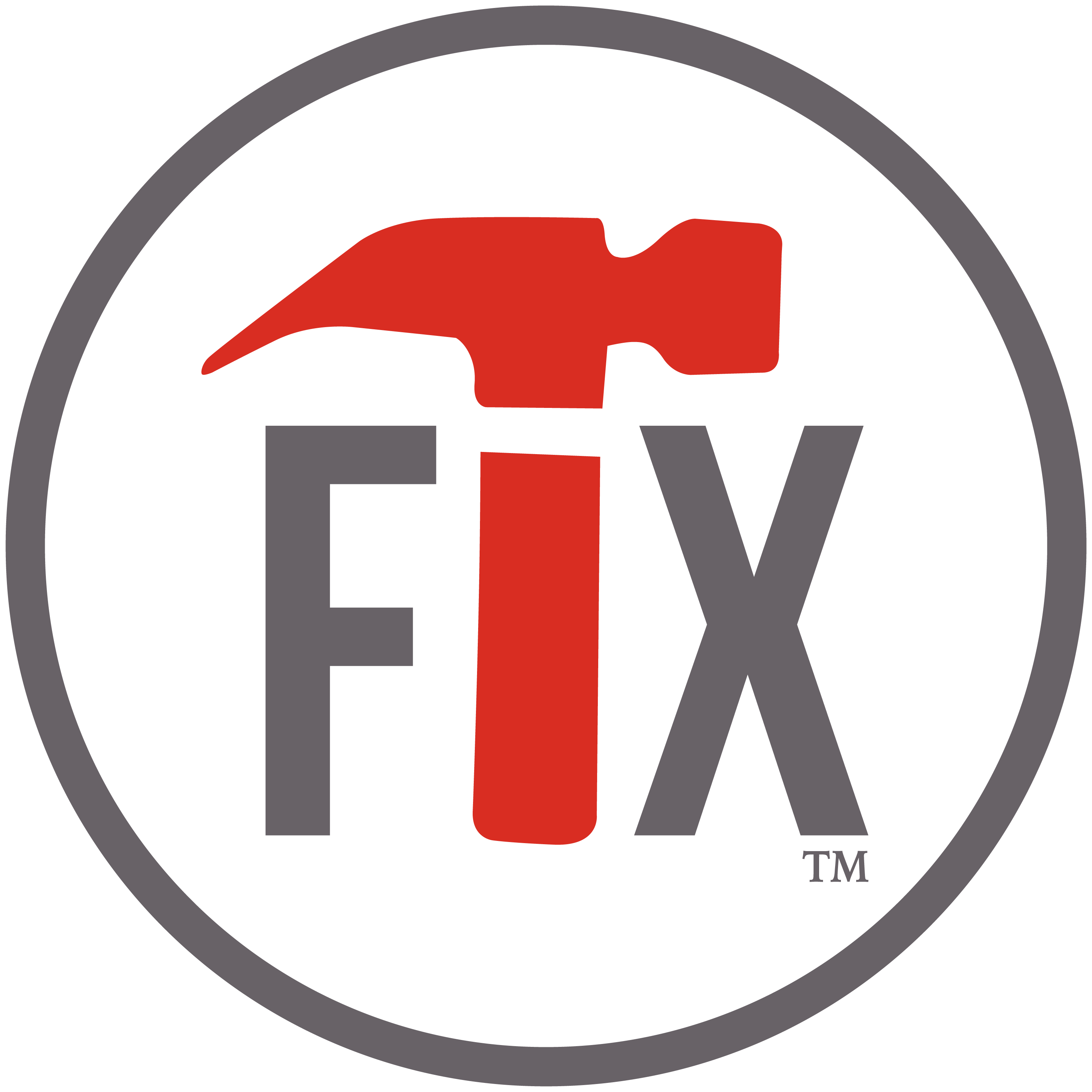
Posts may contain affiliate links. If you use these links to buy something, we may earn a small commission (at no additional cost to you). Full disclaimer HERE.

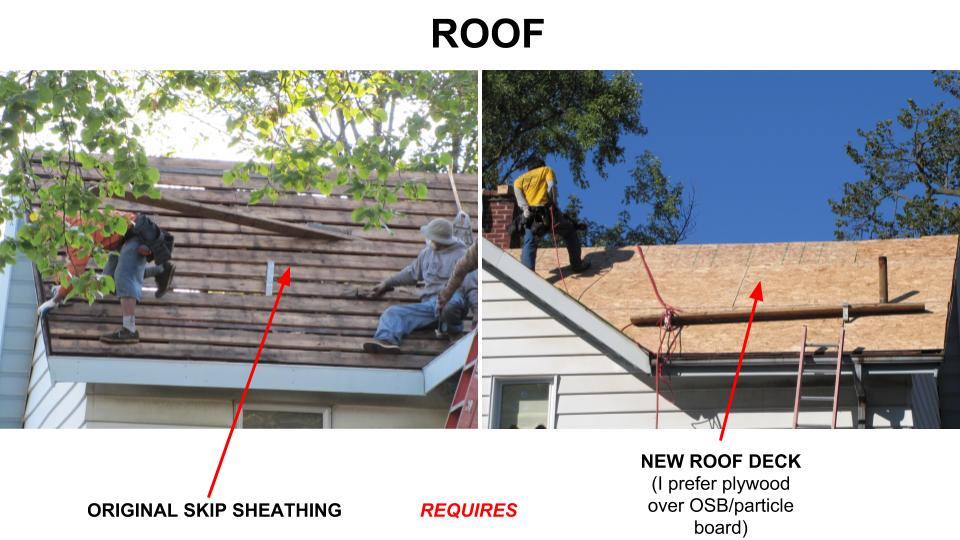
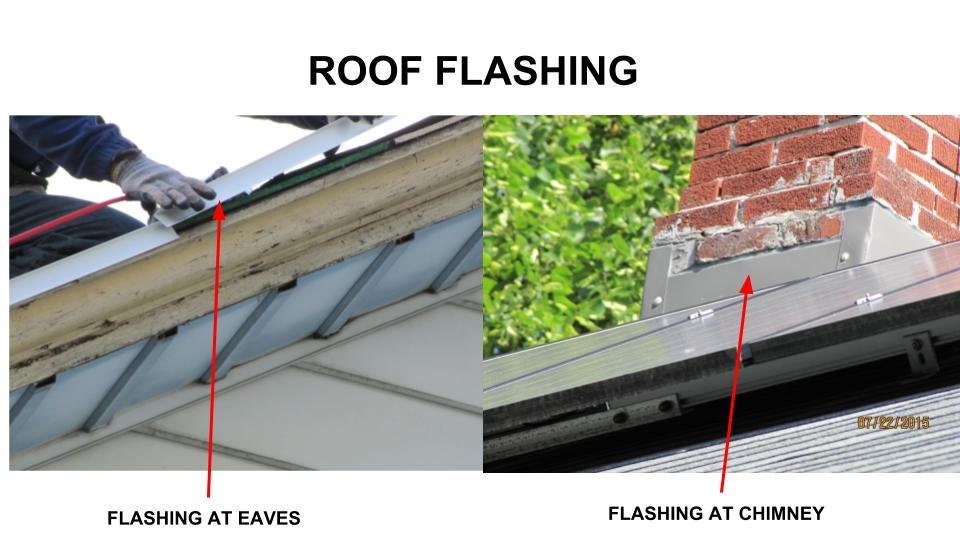
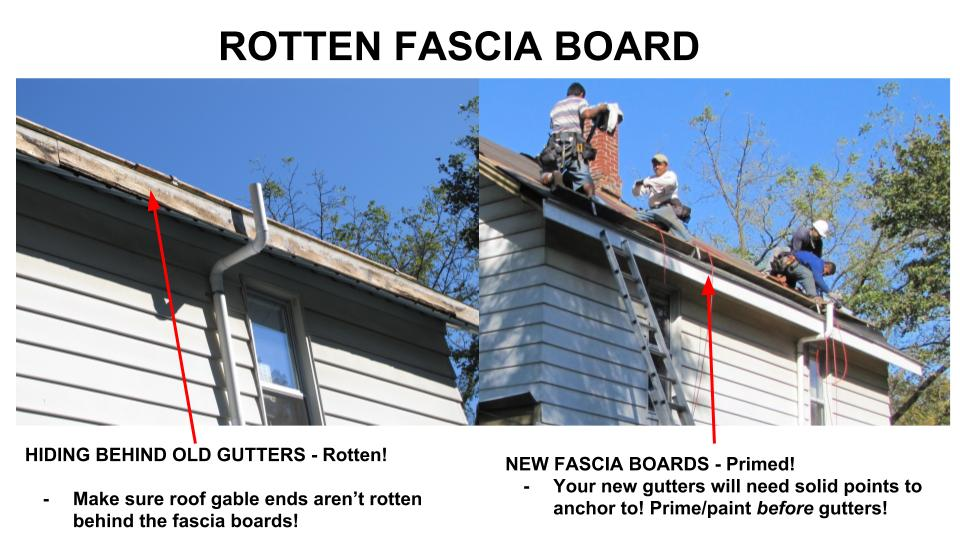
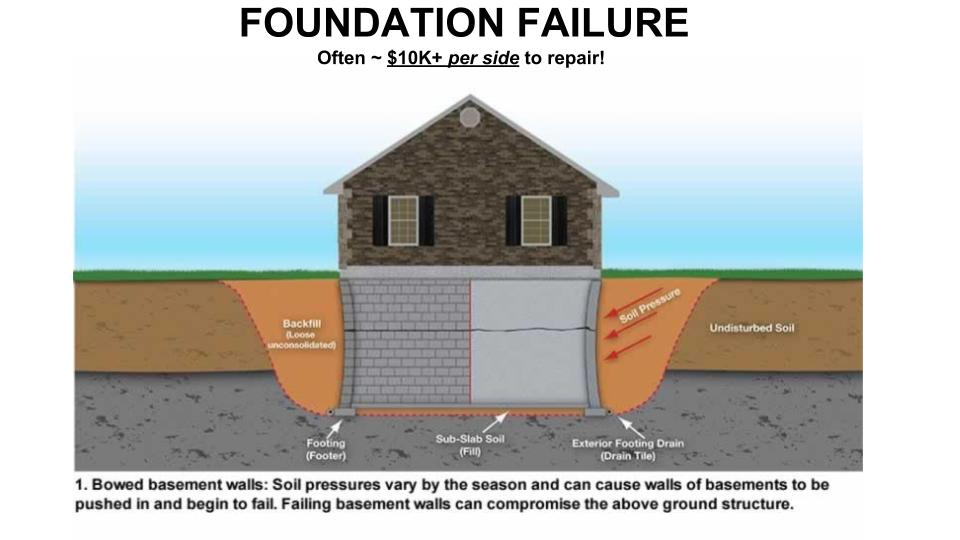
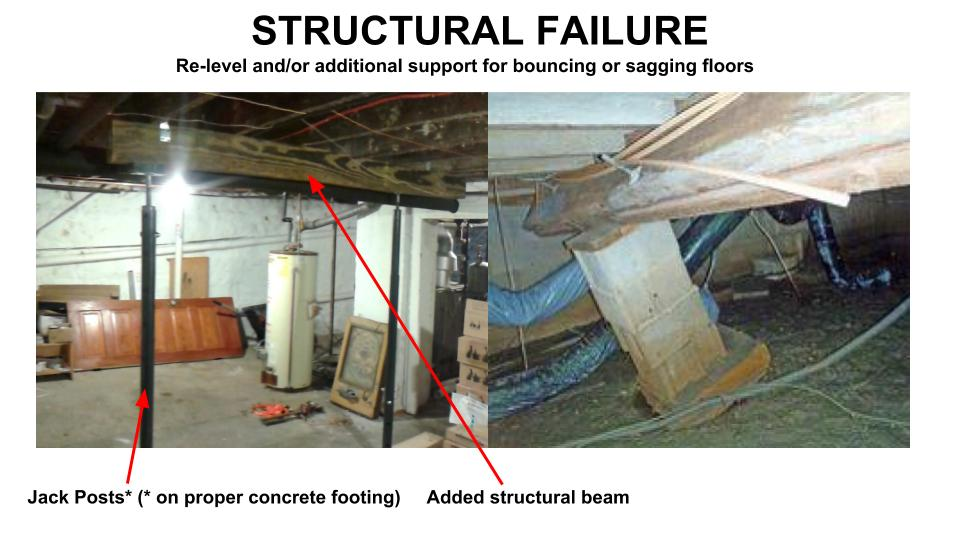
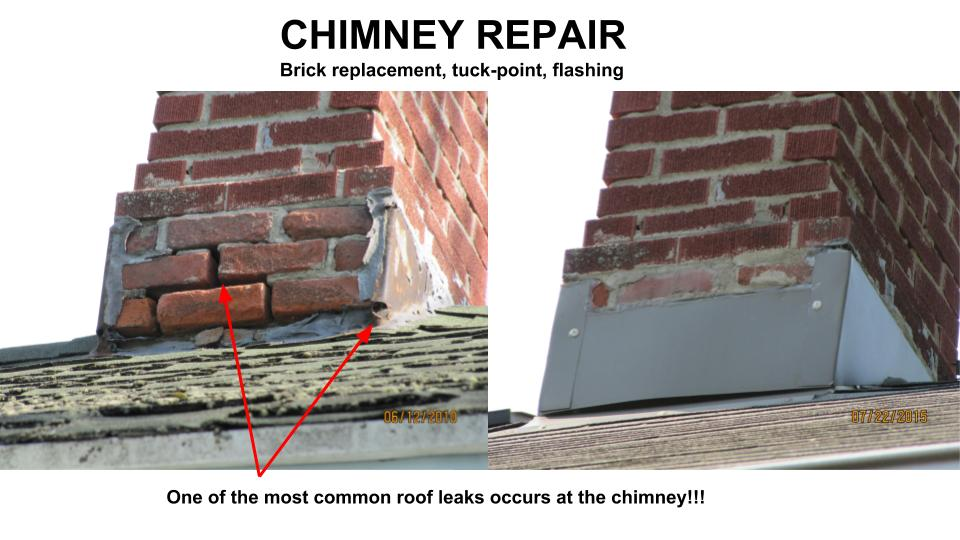
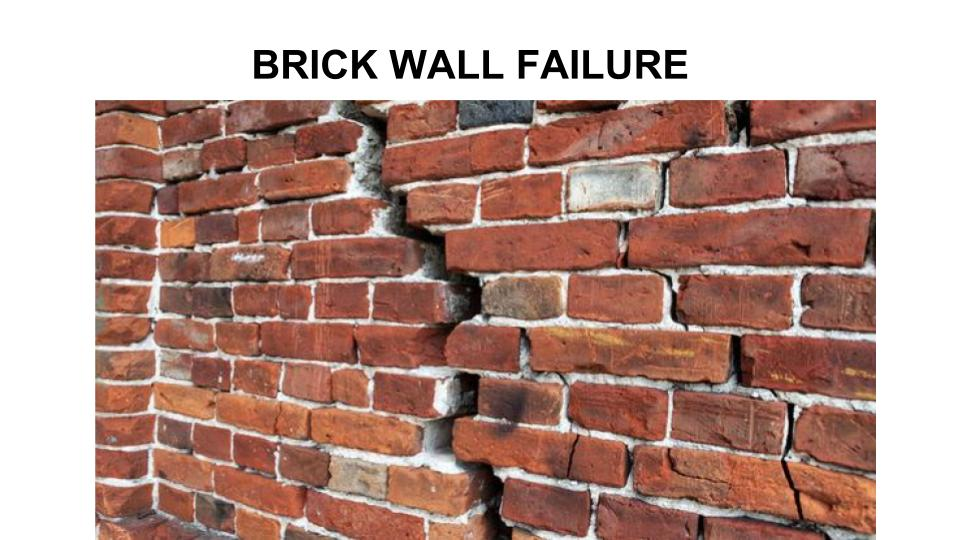
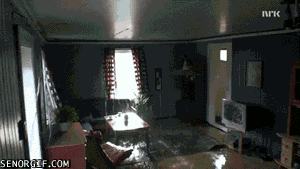
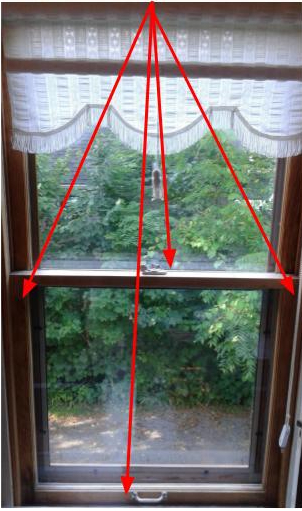
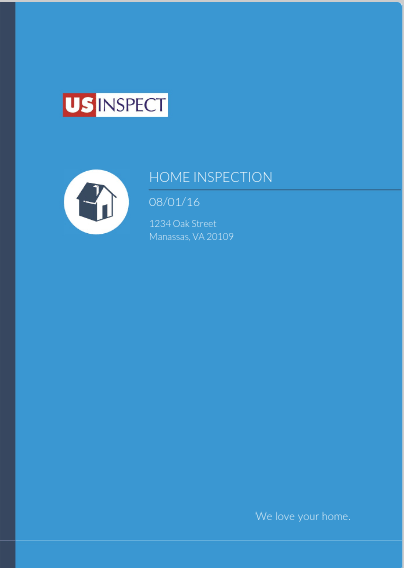


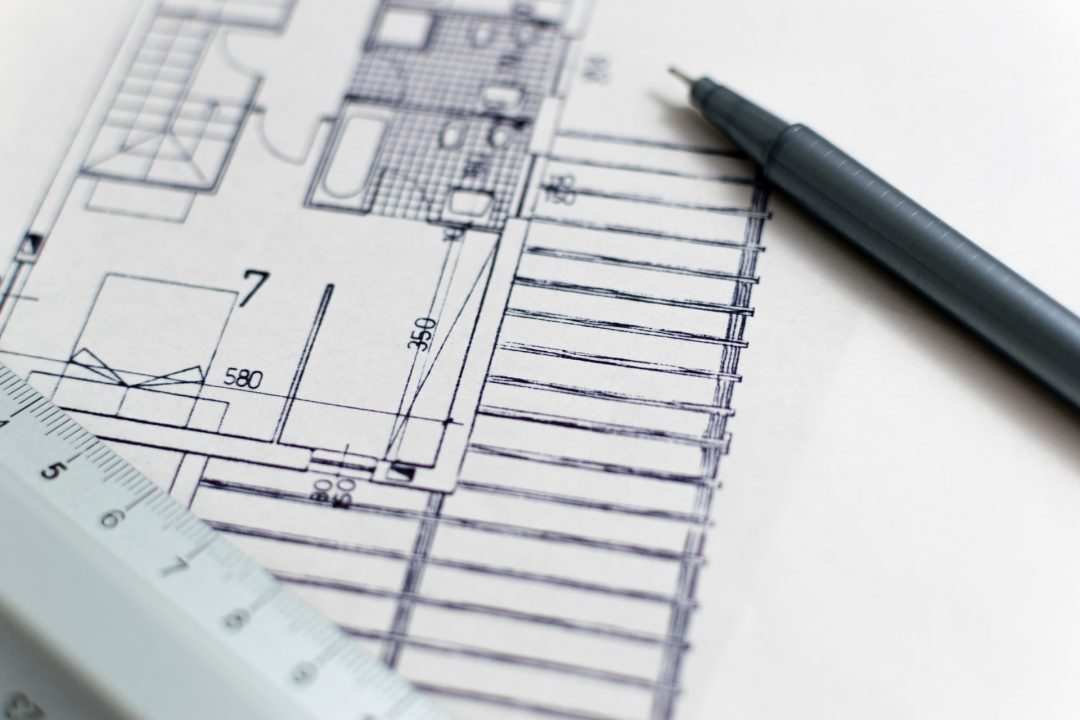
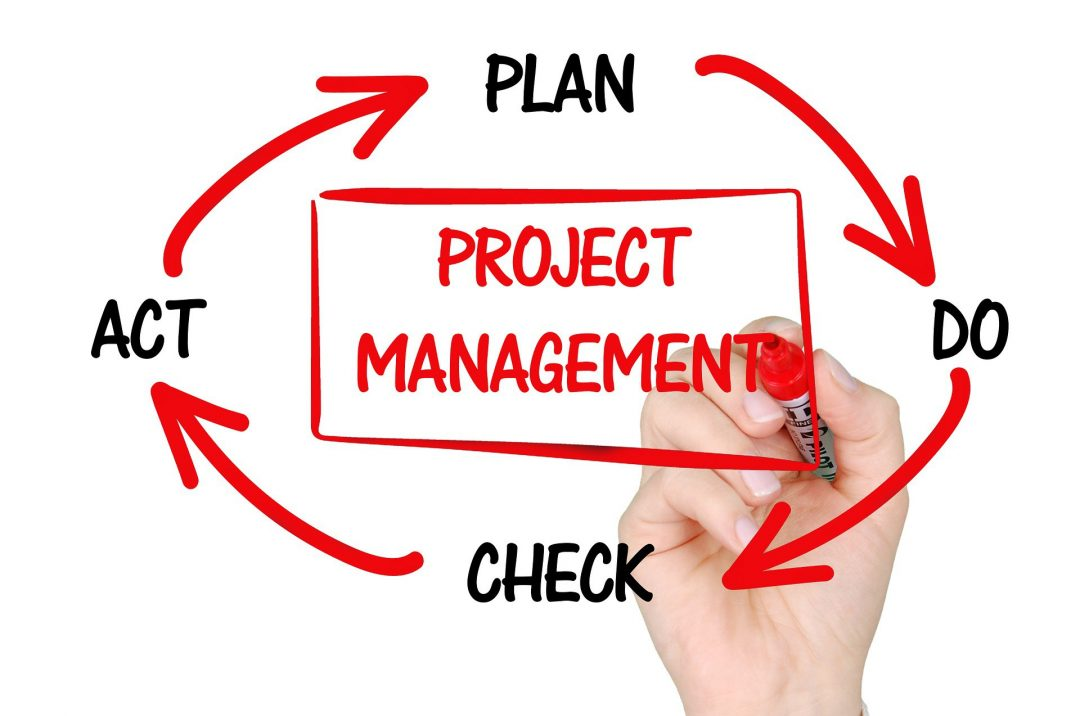










0 Comment(s)